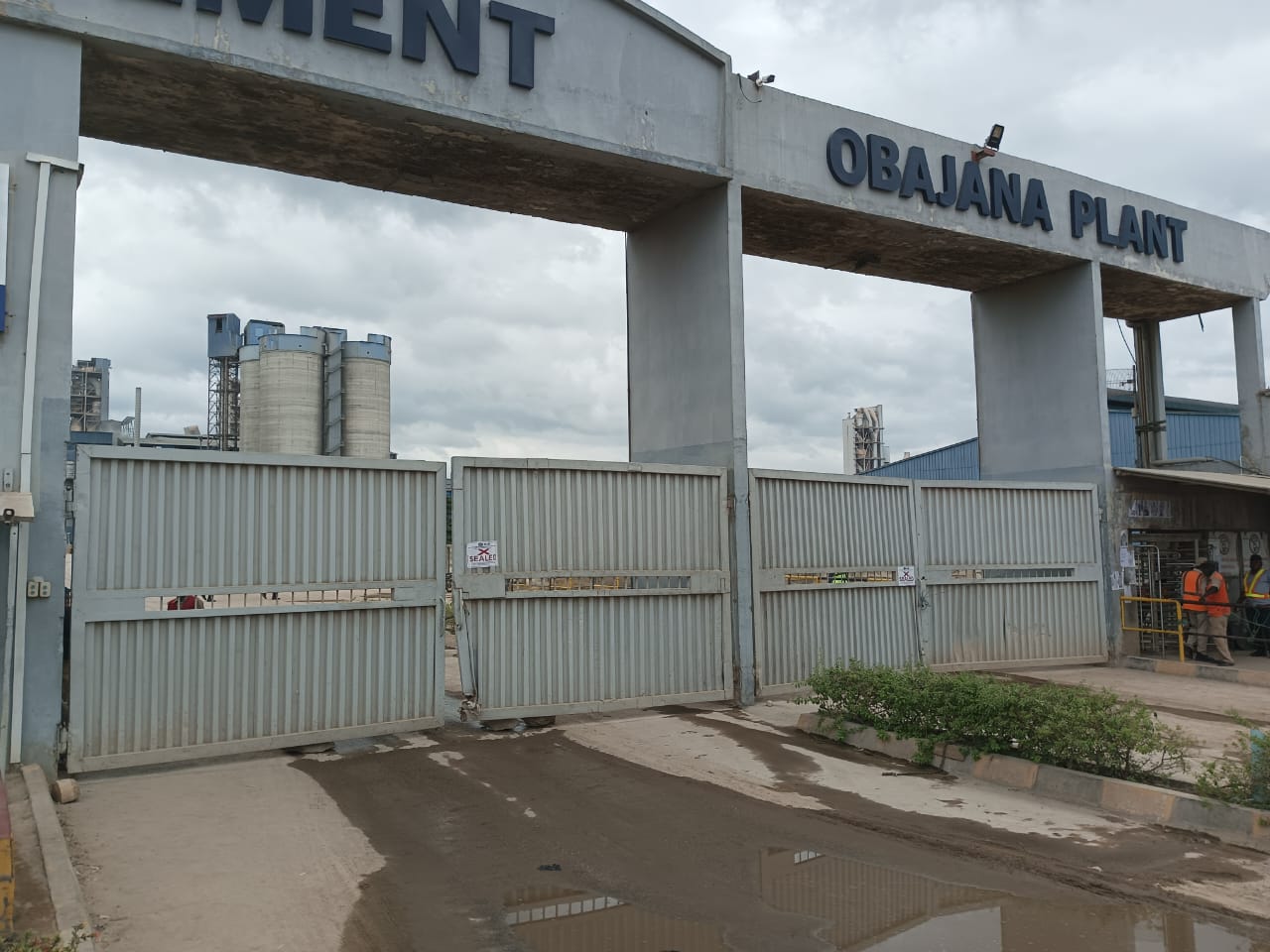Climate change: Five ways to reduce your plastic use
BY RICHARD MUNANG
An insightful African proverb reminds us that; “when deeds speak, words are nothing”. As we head towards COP27, which has been nicknamed the “Implementation COP”, there has been an increasing push to squeeze action from all state and non-state parties towards achieving the goal of the Paris Agreement as expressed in Article 2.1, which is to keep average temperature rise to within 1.5°C. The urgency for action cannot be understated and the nationally determined contributions (NDCs) synthesis report released last year was a testament to this.
As we head towards COP27 and beyond, a new narrative is taking shape, one with the potential of Africa being labelled as among the “enablers” of high-carbon economies. This warrants urgent remedy as it risks diluting Africa’s contribution to global climate stability. Africa holds up to 17% of the worldwide population and is the minor emitter, accounting for 3-4% of cumulative global historical CO2 emissions. This makes the region net carbon positive, a critical status that should not be downplayed.
Furthermore, the African rainforests are famed for being the world’s best carbon sponges. The Congo Basin rainforest offsets more than the whole African continent’s annual emissions. It offsets up to three times the amount emitted by the UK in 2019. The peatland swamp forest in the Congo Basin holds a record 30Gt of carbon, equivalent to 20 years of US fossil fuel emissions. This contribution to global climate stability is outstanding, and the continent needs to ensure it does not get neutralized by emerging trends in the world’s progressive steps towards net zero carbon. This means that Africa must urgently take steps to distance itself from the upcoming narratives of “enabling carbon”.
Advertisement
But is Africa an enabler of carbon?
From automobiles to cooling solutions to fertilizers, Africa will find it hard to shade off the tag of enabling carbon. For example, it is estimated that up to 40 percent of global used cars, most of which fall below emissions standards, have been imported into Africa. Africa accounts for the highest annual global imports of used vehicles, a billion-dollar industry on the one hand, but one which worsens the air pollution and emissions problem, considering. While most of the imported cars would not be allowed to circulate on the roads of exporting countries because of their high emissions and low efficiency, most countries on the continent lack vehicle emissions standards for used car imports.
It is estimated that only five African countries have emissions standards, most of which are not being implemented. In addition, emissions from transportation on the continent are growing at a rate of seven percent annually. This means vehicles with a relatively higher capacity to pollute that would have otherwise not been on any road on the planet find a second lease of life in Africa, which validates the tag of Africa being an enabler of carbon.
But vehicles are not the only source of the indictment. Across Africa, the demand for cooling devices has doubled or tripled over the past decade, and with the continent projected to heat faster than the global average, this trend is set to continue. However, most of the cooling solutions imported into Africa are used low-efficiency units that could not be sold legally in the countries where they were made. Once again, Africa has become the dumping ground of otherwise outdated cooling solutions that should not be used anywhere on the planet.
Advertisement
We also have the region being a destination for fertilizer imports. Africa is a leading destination served by this supply chain. It is estimated that over 93 percent of fertilizers imported into just one African sub-region are N fertilizers that leave a significant carbon footprint. This puts Africa in the crosshairs as an enabler of emissions related to the production, freight distance, choice and number of N fertilizers imported into the continent.
Which way for Africa?
While these are just a select sample of examples, they put a stain on a continent that is otherwise a net positive region. The urgency for a continent that accounts for two-thirds of the global extremely poor and where over 50 percent of countries are categorized by low human development is to shift investments to alternative pathways that are not only green but inclusive, capable of unlocking multiple income opportunities for the majority. While this is an expansive area, there are alternatives in the areas highlighted above, where the continent can take the lead as follows:
The first is to tap the e-transport supply chain. It is estimated that Africa accounts for only 1 percent of cars sold worldwide, compared to China’s 30 percent, Europe’s 22 percent, and North America’s 17 percent. The continent should tap the e-vehicles supply chain leveraging its comparative advantage in relevant minerals needed for this sector – both for the development of the batteries and for greening the charging infrastructure by transitioning to clean power. How? It is estimated that over 3 billion tons of minerals and metals will be needed for wind, solar, geothermal power, and energy storage technologies -i.e., solar batteries, required to comply with the below 2°C warming future. The production of minerals such as graphite, lithium, and cobalt may increase by up to 500 percent by 2050 to meet the growing demand for clean energy technologies.
Africa, a major supplier of these vital minerals, must prepare to go beyond exporting raw materials and instead plug into the value-added dimension of the supply chains. For example, the region needs to look beyond being paid export rents and instead prioritize partnerships that will enable the domestic setting up of component manufacturing industries, such as batteries for e-vehicles, solar mini-grids, all of which require lithium, graphite, turbines for wind power, which require titanium etc.
Advertisement
The second is greening the cooling sector. With Africa already warming at 1.5times the global average, temperature increases in Africa are also likely to be more intense. In addition, only 3 percent of total agricultural output in Africa has access to cold chains in the first mile, which is a driver for high postharvest losses in perishables. It is estimated that an average of 50 percent of what is produced in Africa is lost – an amount that could feed 300 million people and is valued at $ 4 billion annually. In one year, the continent has lost a record $48billion. Making solar cold chain solutions available can create inclusive income opportunities in the agro-value chain and in the manufacture of solar fridges while offsetting cold chain emissions that are a source of indictment for the continent. In addition, such solar fridges have proven to reduce annual refrigeration costs by 39 percent.
The third is tapping the organic fertilizer chain. Waste to biofertilizer solutions has the potential to bridge the continent’s fertilizer gap while also creating alternative, inclusive income opportunities for its population, especially young people. The African biofertilizers market is projected to experience a compound annual growth rate of 5.9 percent between 2020-2025. Such biofertilizers can substitute 40-50 percent of chemical fertilizer needs and abate the accompanying emissions.
The non-capital-intensive nature of waste to biofertilizer also means it can be an area for accessible enterprise opportunities for youth. Actualising much-needed growth in this sub-sector calls for specific actions – including increased investments in localized research to develop competitive products, incentives for private sector actors, including the informal sector that engages up to 80 percent of Africa’s active population, and establishment of adequate regulations, and market promotion of biofertilizers.
Conclusion
Such active steps are needed to ensure Africa does not soil its reputation as the most carbon-positive region globally, with the tag of “enabling carbon” in some key areas. And just as an African proverb reminds us, “a wise person doesn’t fall down the same hill twice,” it is high time for the continent to exercise wisdom by distancing itself from any semblance of being an enabler of carbon. Africa’s critical contribution to global climate stability must be recognized at every level because it’s a treasure to the world.
Advertisement
Munang is an environment and development policy expert
Advertisement
Views expressed by contributors are strictly personal and not of TheCable.
Add a comment






